- Little Owl: sneaking up behind the pantomime villain
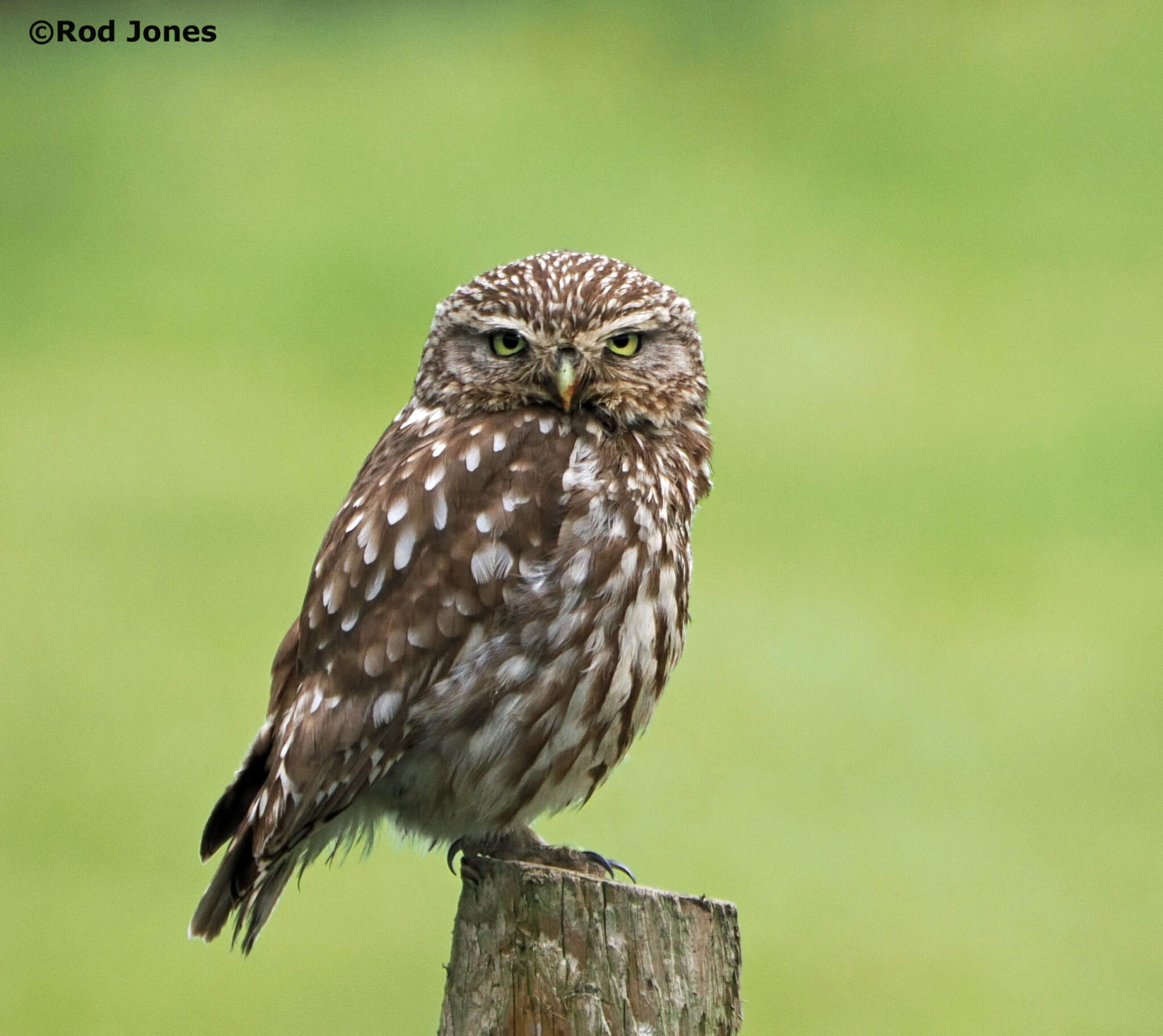
Little owl: a bird with plenty of attitude Majestic. Powerful. Fearsome. Birds of prey inspire awe and admiration.
Most of them do anyway. Then there’s the little owl. Take a look at one and the first adjective that springs to mind is…comical. Their default expression is a grumpy glower: nobody likes me, everybody hates me, I think I’ll go and eat worms (and other large invertebrates, plus the odd small mammal).
One of these pantomime villains hangs around our local farm in West Yorkshire. Sometimes, I spot it scowling down at me from a barn roof; other times, I’ll find it watching me from the woodpile with a face like thunder. Its favourite vantage point, though, is on top of a dry stone wall, where it leans forward with a disapproving stare, like a crotchety old man opening his front door to a cold-caller. Irritatingly, it’s just slightly too far from the public footpath to allow me to get a decent photo, even with my telephoto lens maxed out to the limit.
Today, though, things are different. The little owl has chosen a perch on a wooden post right next to the footpath, meaning I’ve got the opportunity to get much closer…assuming Mr. Grumpy doesn’t fly off in the meantime.
Now, owls have a clever trick. They can swivel their heads around through about 270 degrees – an alarming extent that would cause other animals, including humans, to throttle themselves. So our little owl is contriving to have a panoramic look round while keeping its body stationary on the post.
I decide to try a trick of my own, borrowed from Yorkshire wildlife photographer Paul Miguel. When we were photographing a diving great crested grebe, Paul suggested getting surreptitiously closer to the bird by moving rapidly forward each time it plunged under the water, then standing still again when it resurfaced.
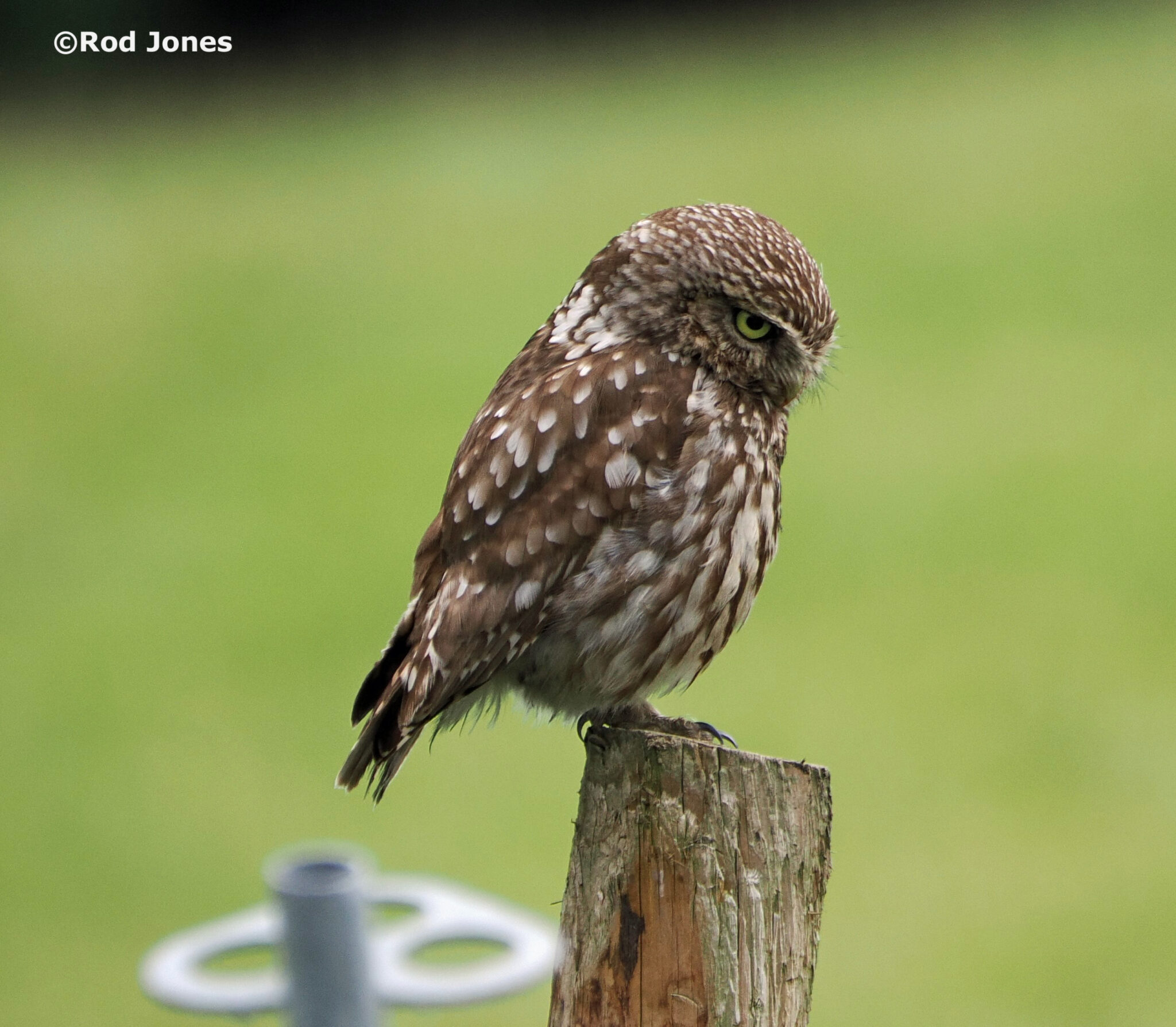
Owl with a scowl The little owl swivels its head away from me: I trot forward. The little owl turns its angry glare back in my direction: I freeze on the spot and take a furtive photo. We repeat the process again and again.
I feel as though pantomime music should be playing while the audience yells: “He’s behind you.” But, after a few clandestine forays, I’ve got within a few metres of my truculent target – much closer than I’ve managed before.
Elated by my success, I crouch to get a lower angle. That’s it…I’ve pushed my luck too far. No more photos…the owl flies off in a huff.
- A battle of wits with clever jays
If wildlife photography is a battle of wits between the photographer and the subject, then some birds seem to specialise in making you look particularly stupid.
The worst culprit in my neck of the woods? Time for the wily jay to step briefly out of the shadows and take a sneaky bow.
In theory, getting shots of these birds should be a breeze. There are plenty of them (170,000 breeding territories in the UK, according to the RSPB). By woodland bird standards, they’re pretty big. They’re also quite gaudily coloured, with a flashy white rump and a gorgeous patchwork of black and blue on the wing.
What’s more, they positively advertise their presence. Their scientific name – Garrulus glandarius – gives you a hefty clue. I rarely walk through our local woods without hearing them conversing garrulously and loudly with each other.
Seeing them is one thing – getting a half-decent image is another. They’re members of the crow family, which means they’re intelligent, resourceful and wary.
The best bet is usually to wait patiently at a woodland feeding station, like the one at Cromwell Bottom, and hope that they’ll break cover to come and raid the nuts.
If you prefer to get a “proper” wild shot, you end up spending an awful lot of time pointing your lens at a shadowy figure moving about in faraway treetops, before your subject flies off into the distance with a gloating cackle and a derisory flash of that white rump.
All of these frustrations make your occasional victories in the battle of wits so much sweeter.
The odds were stacked against me today – a sunny Sunday morning when the woods were full of dog walkers. Surely no self-respecting jay was going to venture anywhere near the footpath?
A squawk from down in the wooded ravine…a bit of hopping about in the branches of a fallen tree just out of camera range…then a neat disappearing act. It was all going perfectly according to Plan Jay.
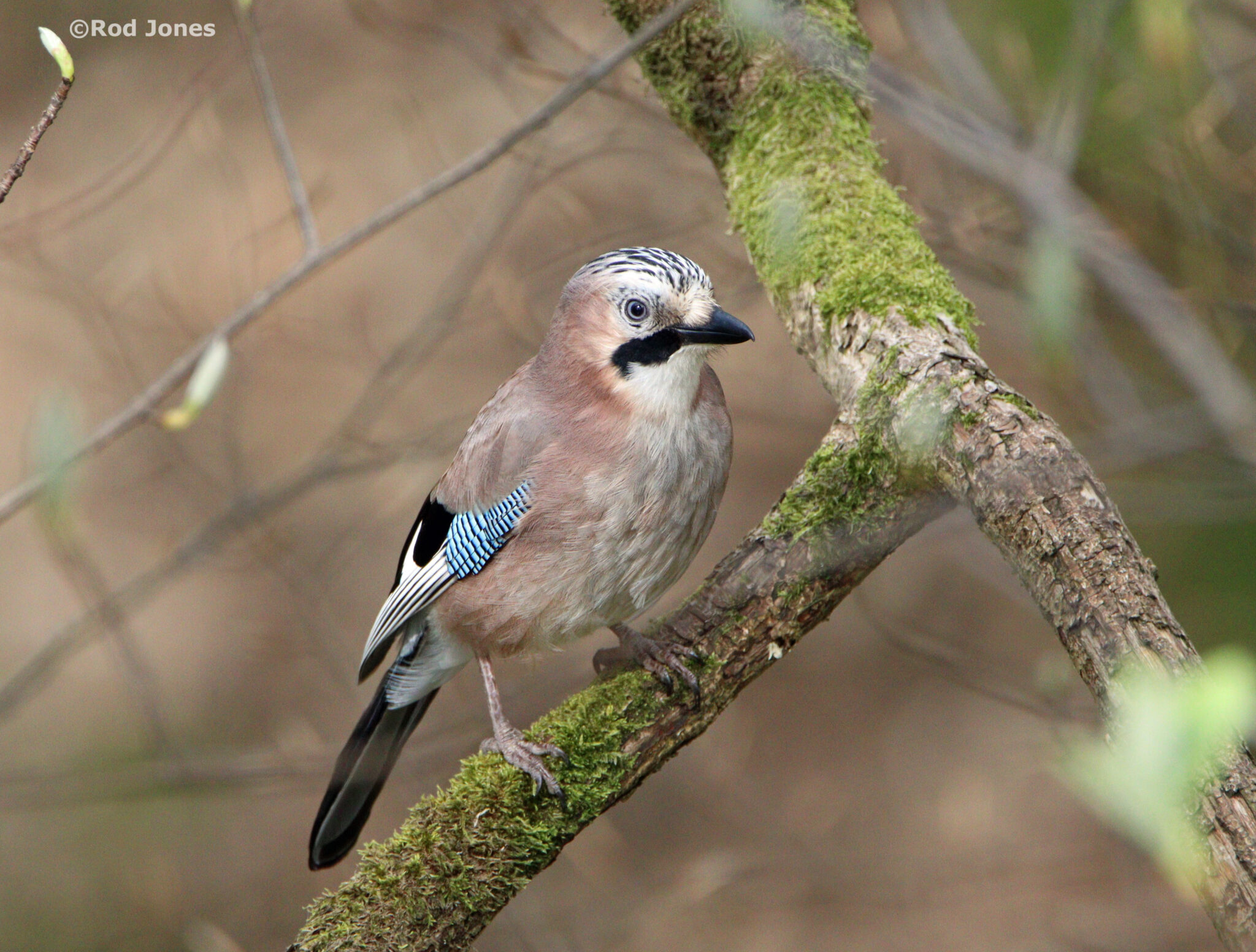
Today’s uncharacteristically confiding jay But then this most elusive of birds actually popped up in a mossy tree fork a few metres away from me and stuck around long enough for me to fire off several shots. You could have knocked me down with a black and blue wing feather.
I’m claiming this as 1-0 to the photographer…before we return to the usual routine of avian triumphs.
- Wildlife In Gentleman Jack Country
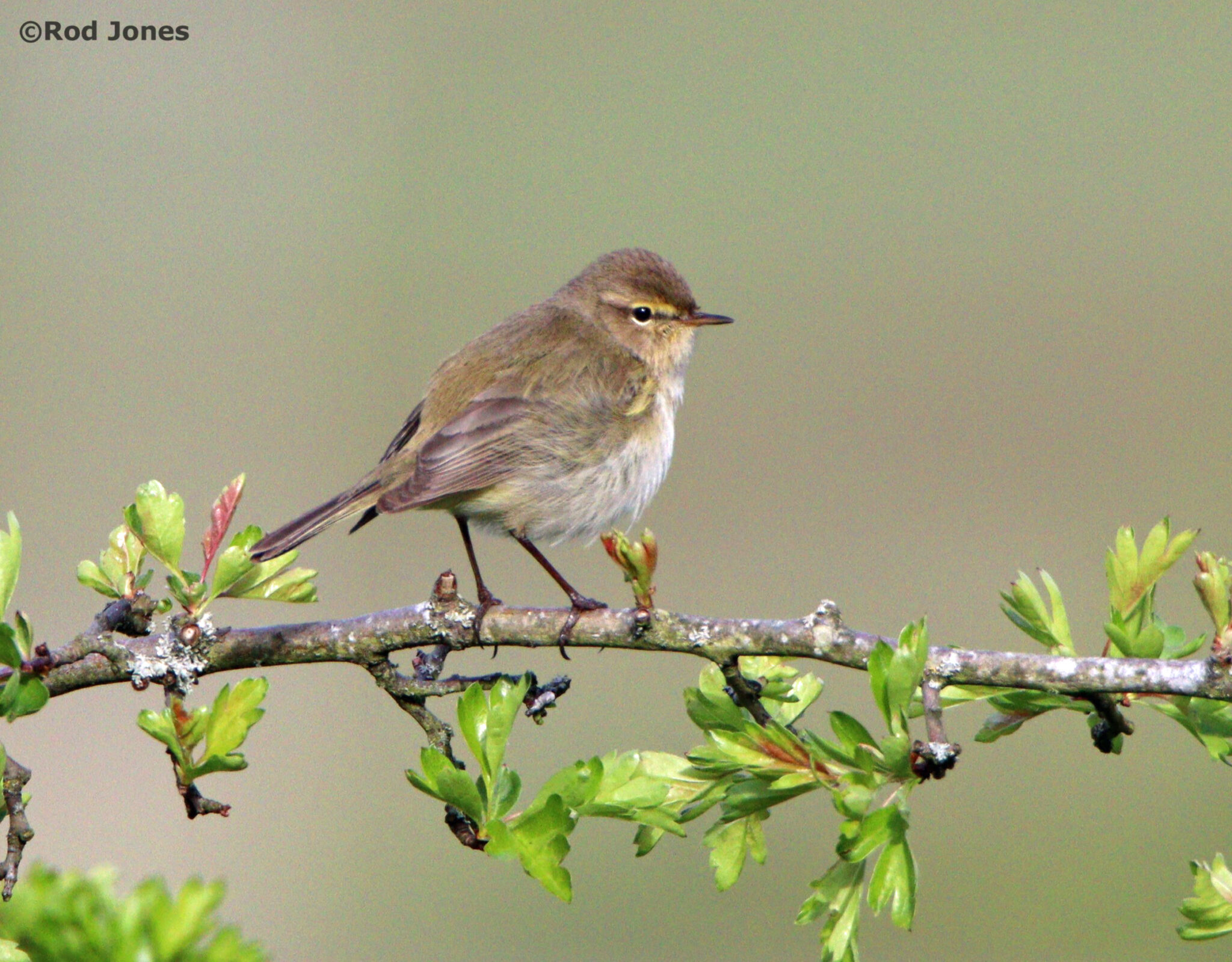
Chiffchaff in the Shibden Valley Fans of the BBC drama series Gentleman Jack will recognise the Shibden Valley as the place through which the 19th century heroine Anne Lister strides purposefully on her various forays from her home at Shibden Hall.
It’s steeped in history and gloriously scenic – and it’s also great for wildlife. I’ve seen green and great spotted woodpeckers, buzzards, kestrels, whitethroats and a host of other birds there.
The highlight of this morning’s brief walk was one of my favourite woodland birds – a chiffchaff. In some milder parts of the UK, these little leaf warblers can be seen all year round. Not being fans of West Yorkshire’s horizontal sleet, our local birds tend to head off to Africa for the winter.
Their return in early March is one of the first signs of spring, which they herald by singing their own name loudly and somewhat monotonously.
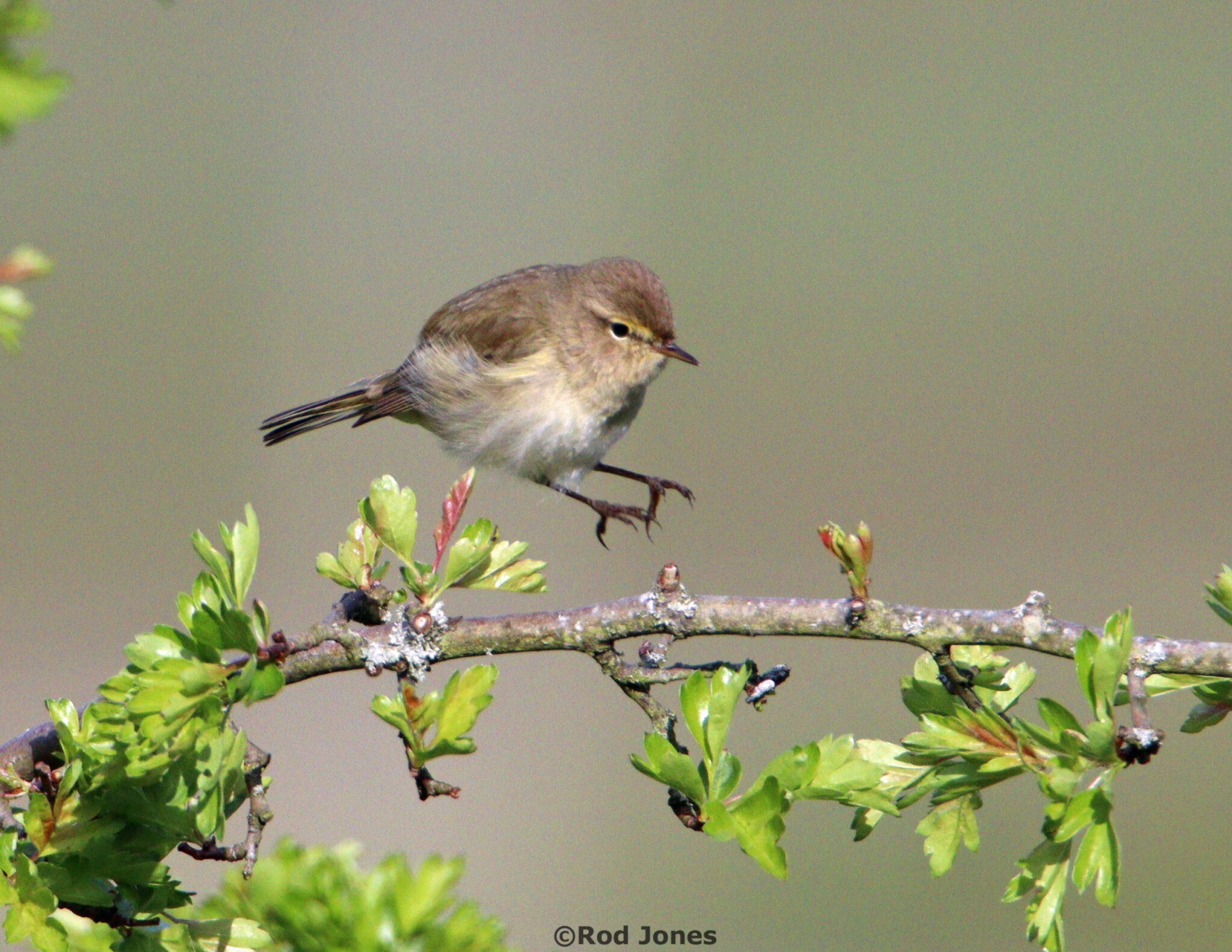
Chiffchaff flitting through the hawthorn branches True to form, I heard this morning’s chiffchaff before I saw it. These birds like to sing while flitting around at the top of trees, so trying to find the source of that song often involves a lot of neck-craning and wobbly camera-pointing at a tiny shape silhouetted against the sky.
Here’s where Shibden really comes into its own. It’s a steep-sided valley, used for lung-busting hill climbs in the Tour de Yorkshire cycle race. Its topography means you often find yourself at a vantage point where you can look across at – or even down on – the treetops.

Chiffchaff singing So today Mr Chiffchaff was happily blasting out his somewhat limited repertoire at the top of a hawthorn tree, while providing me with a scenic background and allowing me to photograph him without having to lie on my back and hold my lens at a crazy angle.
And we even managed to avoid being disturbed by any energetic figures in black top hats wielding walking canes.
- Barking roe deer
I departed from my usual route this morning, branching off into a quieter part of the woods that I hadn’t explored for a while.
It’s a steep descent, followed by an equally steep climb on a path that wends through sun-dappled glades decorated with bluebells – at their glorious best on bright spring days like this. There was plenty of birdsong, punctuated by the occasional louder burst from a wren, but otherwise it was a pretty tranquil scene.
Suddenly, the peace was shattered by a commotion on the opposite side of the ravine from me. Two roe deer appeared, running hell-for-leather along the side of the valley. They can reach speeds of 37mph, according to the Woodland Trust. These two may not have been going quite that fast, but they were managing to slalom athletically through the trees at a hell of a pace. As they ran, they made a loud barking noise, like a dog with a sore throat.
Strangely, after a short distance, they turned round and sprinted back in the same direction.
So what was it that spooked this pair so much? Roe deer have no natural predators in the UK, and I couldn’t see anyone – or anything – else around. Maybe I was the culprit, although I do try to adopt the wildlife photographer’s motto of “walk softly and carry a big lens,” and I was a fair distance away on the opposite side of the ravine.
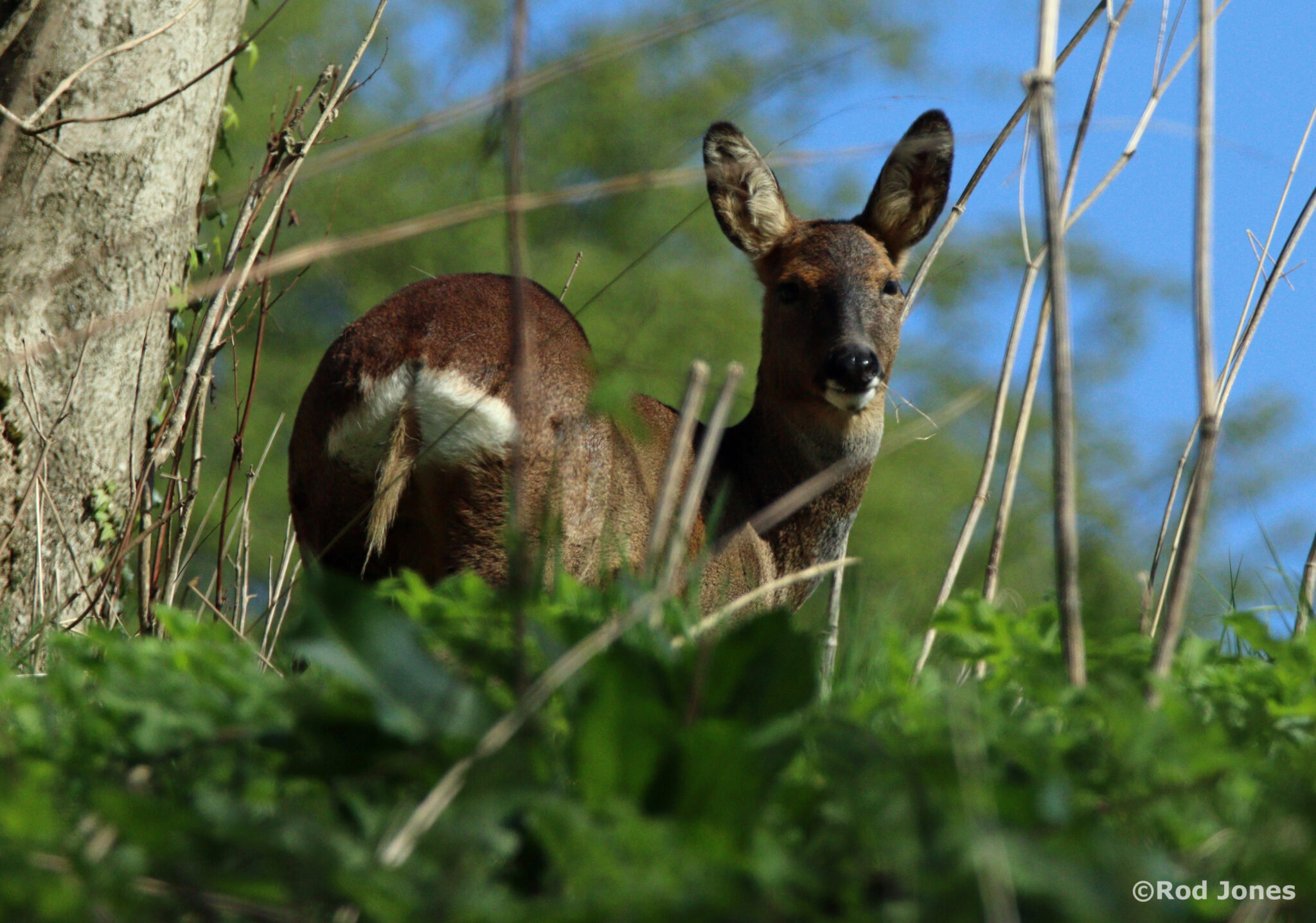
Roe deer doe watching me through the trees It was very different from my usual encounters with roe deer in my more familiar parts of the woods. Only yesterday, I spent about ten minutes filming a doe from about 25 metres away. She was aware of my presence and broke off from feeding every now and then to have an inquisitive look at me, before eventually sauntering off through the trees at a sedate pace.
- Why I’m wild about nature photography
I’m skulking furtively around a patch of scrub, trying to ignore the thorns scratching my arm. I take another stealthy step, eyes fixed on the base of a bush, camera poised.
There it is again – that slight rustling. A wren hops out into the open and explodes into an astonishing burst of song. Frantically, I point the camera and hold my finger down on the shutter for a few seconds before the tiny bundle of life and energy flies off and plunges into another bush.
My fingers trembling with excitement, I press the playback button to scroll through the images and get an early idea of which one is destined to grace the cover of the RSPB magazine.
There’s just one problem…my perfect photos are actually a series of blurs.
Incredulously, I scroll through again. Not a decent shot among them. So what went wrong? Shutter speed too low? Hands too shaky? Bird just too damn fast? Who knows?
It’s a scenario I’ve played out countless times since I first discovered a passion for wildlife photography. So, in the face of all these setbacks and frustrations, why on earth do I carry on doing it? It’s easier to answer that than it is to work out how I can manage to transform a sure-fire, award-winning photo into a barely recognisable blur.

GREAT TIT Let’s start at the beginning, half a century ago in our suburban garden in South Manchester, where as a young kid I first became fascinated by the birds that flocked to feast on feeders stocked with seeds and peanuts. Greenfinches – so much more common in those days – were frequent visitors, along with blue, great, coal and long tailed tits and even the occasional blackcap.
Trips to the Peak District or the Pennines opened up new horizons – lapwings tumbling and screeching over the moors, the cries of curlews blending in with the whistling of the wind. Both of these beautiful and elemental species have suffered truly horrific declines since I used to marvel at them as a child in the 1970s – but that’s a topic I hope to return to in more depth in future.
Let’s get back to photography. I’ve occasionally heard the theory expounded that anyone toting a camera, as opposed to a pair of binoculars or – even better – a telescope, is somehow lower down the birdwatching pecking order.
Just to establish my ornithological credentials, I’ve spent many hours sitting in bird hides goggling at some distant speck, which someone wielding a scope the size of Jodrell Bank assures me is some phenomenally rare wader. And if twitching is your thing, then that’s fine by me. One of the many beauties of being interested in wildlife is that – provided you’re not harming the animals or birds – you can do it in pretty much any way you want. But if you’re lucky enough to have the means to go on an expedition to some far-flung part of the globe, that doesn’t automatically make you a “better” birdwatcher than someone who enjoys looking out of their kitchen window at the starlings and sparrows (two more species that have suffered shocking falls in numbers, by the way).
I know that, since I began my ham-fisted attempts at wildlife photography, my interest in nature has become both deeper and wider. To get decent shots of birds, you need to get close to them. That means studying their habits, finding out where they go, and spending lots of time out in the fresh air waiting for them to show up.

SPECKLED WOOD BUTTERFLY DRINKING BLACKBERRY JUICE And while you’re loitering around in the forlorn hope that that elusive jay might actually deign to visit the oak tree in search of acorns, it would be rude not to get some shots of that gorgeous speckled wood butterfly sipping blackberry nectar from the bramble bushes below. I’ve discovered the magic of butterflies over the past year or two almost by accident because picking up a camera has encouraged me to spend more time in the countryside and to open my eyes a bit wider. So I’ve now expanded my portfolio to include out-of-focus shots of red admirals, peacocks, commas and small tortoiseshells, not to mention mammals like foxes, deer and rabbits.
“Rabbits?” I hear you snort. “They’re everywhere. In fact they breed like…” Well, you get the idea. And I’d agree that almost all the birds and animals I photograph are fairly common (although not as common as they were a few decades ago, to continue banging on about the alarming decline of many species). It’s also true that many of my pictures have been taken within a five-mile radius of home. That’s partly a result of the huge restrictions that Coronavirus imposed on our freedoms to move around. But is it necessarily a bad thing to focus on the wildlife on your doorstep?
Time for a witness, members of the jury. Call Carl Bovis.
Carl’s my favourite wildlife photographer. If you’re not familiar with his work, check out carlbovis.com or @CarlBovisNature on Twitter.
Most of Carl’s photos are taken in the Somerset Levels countryside around his home. Some are snapped in his garden, often out of a window – or even through the cat flap – when he spots something interesting going on. He rarely uses a tripod or sits in a hide, preferring instead to wander around and shoot hand-held.
Carl seems to embrace the philosophy that there’s no such thing as an ordinary, everyday bird or animal, however common they might be. It really doesn’t matter if they’re house sparrows or even feral pigeons – they’ve all got extraordinary qualities, and if the photographer isn’t capable of conveying those, then that’s his problem.
Foremost among those extraordinary qualities is the enviable ability to fly, and Carl’s in his element when he’s capturing this super-power. A blue tit hurtles towards the lens, wings tucked tightly by its sides as if it’s been shot out of a cannon. Two male chaffinches tangle in mid-air with outstretched wings, like duelling angels. Three teals fly side-by-side in tight formation, as if auditioning for the Red Arrows.
How on earth does he achieve these images? Apart from speculating vaguely about filming in good light and using high shutter speeds to freeze the action, I really haven’t a clue. It’s a mysterious kind of alchemy, a magical coming-together of art and science in which he somehow seems to enlist his subjects as enthusiastic accomplices.

FOX Time to come back down to earth and return to my more prosaic efforts. I must admit photography gives me something of the thrill of the chase. Maybe it’s some primal hunting urge, but there’s a real challenge in pitting your wits against a wary jay or a wily fox and hoping to come away with the trophy of a good photo. The big advantage of “shooting” wildlife in this way, of course, is that you leave it alive to continue to fulfil its role in the natural world, and for yourself and others to enjoy in future.
I’ve found that wandering around the countryside with a camera has brought me closer to nature and made me appreciate it more. I’ve had to look at things more closely, and in a different way – not just the birds or butterflies or animals themselves, but also the world they inhabit and the way they interact with it.

TREECREEPER Take the treecreeper, for example. On the face of it, it’s a fairly common, fairly nondescript little brown bird. You might be tempted to tick it off your list and press on in search of something more glamorous. But watch it closely enough to get a decent photo of it, and you’ll see it in a completely different light. It’s one of Nature’s extraordinary climbers, as it edges upside down along a horizontal branch, gripping the bark with its enormous splayed toes, using its long tail for balance.
That feeling of connection with the natural world has done wonders for my mental health during a truly awful time when we’ve all needed some kind of refuge from the horrors of Covid.

WREN WITH CRANE FLY And occasionally, just occasionally, the stars align. That infuriatingly furtive wren hops out of the shadows and perkily turns up its tail, while proudly clutching a crane fly in its beak. The magic formula of ISO and f-stop and shutter speed and auto-focus and who knows what else actually does its stuff.
And suddenly it’s all worth it.